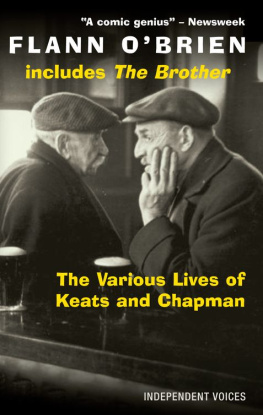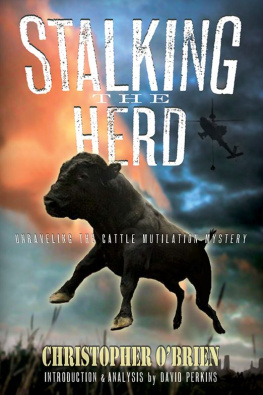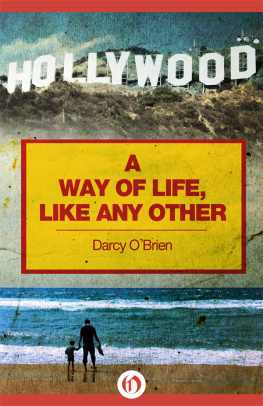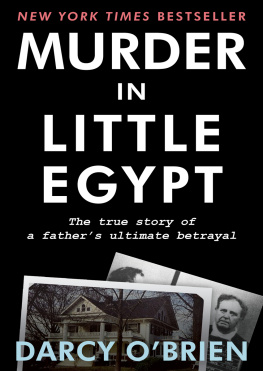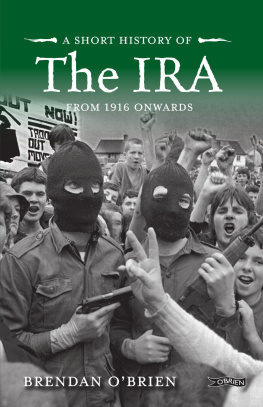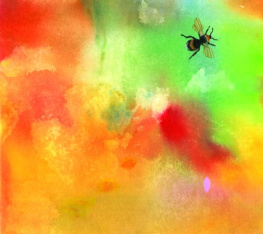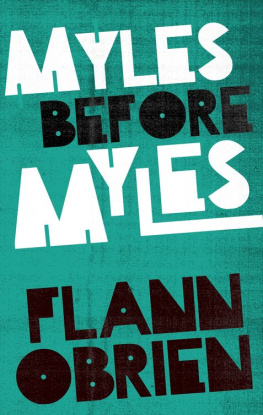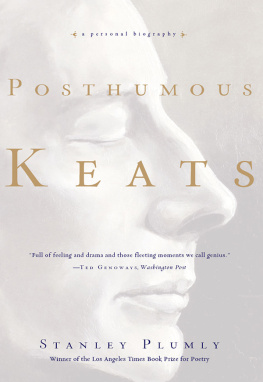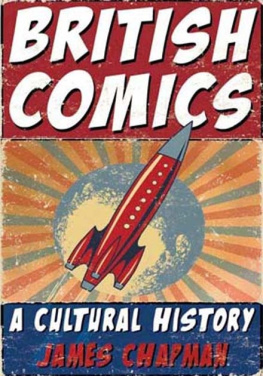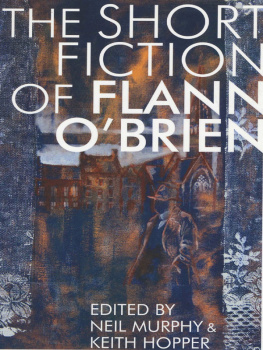M any anecdotes have already been recounted bearing on Chapmans conviction that there was easy money in performing animals and the art of the circus. On one occasion he took to training frogs in amphibious ballet but made little progress owing to the diversity of the frogs he caught in size, shape and intelligence. He noticed, however, that it was comparatively easy to frogmarch the small butty type of frogs and commenced breeding this strain.
I intend to persevere as I am bound to have luck sooner or later, he remarked to Keats. I find it is quite possible to impart knowledge provided one can get the right sort of frog.
Its a wrong toad that has no learning, Keats said.
T he medical profession, remember, wasnt always the highly organized racket that it is today. In your grandfathers time practically anybody could take in hand (whatever that means) to be a physician or surgeon and embark on experiments which frequently involved terminating other peoples lives. Be that as it may, certain it is that Chapman in his day was as fine a surgeon as ever wore a hat Chapman took in hand to be an ear, nose and throat man and in many an obscure bedroom he performed prodigies which, if reported in the secular press, would have led to a question in the House. Keats, of course, always went along to pick up the odd guinea that was going for the anaesthetist. Chapmans schoolday lessons in carpentry often saved him from making foolish mistakes.
On one occasion the two savants were summoned to perform a delicate antrum operation. This involved opening up the nasal passages and doing a lot of work in behind the forehead. The deed was done and the two men departed, leaving behind a bleeding ghost suffering severely from what is nowadays called post-operative debility. But through some chance the patient lived through the night, and the following day seemed to have some slim chance of surviving. Weeks passed and there was no mention of his death in the papers. Months passed. Then Chapman got an unpleasant surprise. A letter from the patient containing several pages of abuse, obviously written with a hand that quivered with pain. It appeared that the patient, after recovering somewhat from the operation, developed a painful swelling at the top of his nose. This condition progressed from pain to agony and eventually the patient took to consuming drugs made by his brother, who was a blacksmith. These preparations apparently did more harm than good and the patient had now written to Chapman demanding that he should return and restore the patients health and retrieve the damage that had been done; otherwise that the brother would call to know the reason why.
I think I know what is wrong with this person, Chapman said. I missed one of the needles I was using. Perhaps we had better go and see him. Keats nodded.
When they arrived the patient could barely speak, but he summoned his remaining strength to utter a terrible flood of bad language at the selfless men who had come a long journey to relieve pain. A glance by the practised eye of Chapman revealed that one of the tiny instruments had, indeed, been sewn up (inadvertently) in the wound, subsequently causing grandiose suppurations. Chapman got to work again, and soon retrieved his property. When the patient was resewn and given two grains, the blacksmith brother arrived and kindly offered to drive the two men home in his trap. The offer was gratefully accepted. At a particularly filthy part of the road, the blacksmith deliberately upset the trap, flinging all the occupants into a morass of muck This, of course, by way of revenge, accidentally on purpose.
That evening Chapman wore an expression of sadness and depression. He neglected even to do his twenty lines of Homer, a nightly chore from which he had never shrunk in five years.
To think of the fuss that fellow made over a mere needle, to think of his ingratitude, he brooded. Abusive letters, streams of foul language, and finally arranging to have us fired into a pond full of filth! And all for a tiny needle! Did you ever hear of such vindictiveness!
He had it up his nose for you for a long time, Keats said.
A n ancestor of Keats (by the same token) was concerned in the dread events of the French Revolution. He was, of course, on the aristocratic side, a lonely haughty creature who ignored the ordinances of the rabblement and continued to sit in his Louis Kahns drawing room drinking pale sherry and playing bzique. Soon, however, he found himself in the cart and was delivered to execution. He surveyed the dread engine of Monsieur Guillotine, assessing its mechanical efficiency and allowing it some small meed of admiration. Then, turning to the executioner, he courteously presented his compliments and prayed that he should be granted a simple favour on the occasion of his last journey that of being permitted to face away from the guillotine and lean back so that the blade should meet him in the throat rather than that he should adopt the usual attitude of kneeling face down with his neck on the block,
I like to sit with my back to the engine, he explained.
K eats and Chapman once lived near a church. There was a heavy debt on it. The pastor made many efforts to clear the debt by promoting whist drives and raffles and the like, but was making little headway. He then heard of the popularity of these carnivals where you have swing-boats and round-abouts and fruit-machines and la boule and shooting galleries and every modern convenience. He thought to entertain the town with a week of this and hoped to make some money to reduce the debt He hired one of these outfits but with his diminutive financial status he could only induce a very third-rate company to come. All their machinery was old and broken. On the opening day, as the steam organ blared forth, the heavens opened and disgorged sheets of icy rain. The scene, with its drenched and tawdry trappings, assumed the gaiety of a morgue. Keats and Chapman waded from stall to stall, soaked and disconsolate. Chapman (unwisely, perhaps) asked the poet what he thought of the fiesta.
A fte worse than debt, Keats said.
Chapman collapsed into a trough of mud.
I was thinking (in all seriousness, as the man said) of writing a long paragraph about a man called Reaper who invented a new sort of cushion. This cushion was so far ahead of any other sort of cushion that it revolutionized the whole cushion industry. Having said that much, I had intended to dwell somewhat on the technical aspects of Reapers invention and then come out with the sidesplitting remark that the invention had led to reapercushions throughout the civilized globe. That will give you some idea, Keats once said, apropos of the enduring youthfulness of all policemen, that a thing of duty is a boy forever.
Indeed, I remember once toying with the case of a man who had spent twenty hard years in the service of the Irish Lights Commissioners, mucking around in all sorts of weather with our coastal navigation marks. He met and married a widow who was so wealthy that he found he could retire and live in comfort on her money for the rest of his life. There was some question of him making some remark about being now settled down and having no more nights out with the buoys. All this, as I said, will give you some idea, some inkling of what goes on in my dirty mind. Skip it lug.

